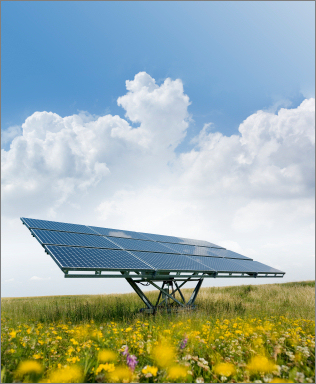A week and a half ago I sat in on the first Carbon Management Caucus meeting of the 81st Legislature and listened to a professor from Penn State tell legislators, their staffers, and a few intrepid members of the general public that “we need coal, coal isn’t going anywhere, in China they’re using tons and tons of coal and opening a new plant every week, why should we drop coal if China isn’t, coal coal coal” … you get the picture. I paraphrase, of course. But essentially, a new twist on the China cop-out.
Yes, China uses lots of coal. LOTS. And China’s strategic decision to go crazy on coal plants has done much for rural electrification and providing electricity to populations that have never had it before. But China’s commitment to coal is also slowly killing its people, and they’re aware of it.
Reports Grist,
 Every 30 seconds a baby is born with physical defects in China, partly due to the country’s deteriorating environment, state media said, citing a senior family planning official.
Every 30 seconds a baby is born with physical defects in China, partly due to the country’s deteriorating environment, state media said, citing a senior family planning official.
The figure, reported by the China Daily in its weekend edition, adds up to almost 1.1 million in a year, or about seven percent of all births in the world’s most populous nation.
Let me add emphasis to the fact that this information was coming from China’s state media (let me repeat, China’s STATE MEDIA, as in, the official government-sanctioned voice approved by the ruling commmunist party). I find this particularly shocking because it is very likely that, from such a highly regulated source, even this jaw-dropping figure is under-reported.
The article continues,
North China’s coal-rich Shanxi province, a major source of toxic emissions from large-scale chemical industries, has recorded the highest rate of birth defects, the China Daily said in its weekend edition.
“The problem of birth defects is related to environmental pollution, especially in eight main coal zones,” said An Huanxiao, the director of Shanxi provincial family planning agency, according to the paper.
Pan Jianping, a professor of the Women and Child Health Research Office under Xi’an Jiaotong University, warned that the increasing rate of birth defects among Chinese infants would soon become a social problem.
So there you go. Let’s quit coal — do it for the babies.
Read Full Post »

 We’ve said before
We’ve said before Every 30 seconds a baby is born with physical defects in China, partly due to the country’s deteriorating environment, state media said, citing a senior family planning official.
Every 30 seconds a baby is born with physical defects in China, partly due to the country’s deteriorating environment, state media said, citing a senior family planning official.



